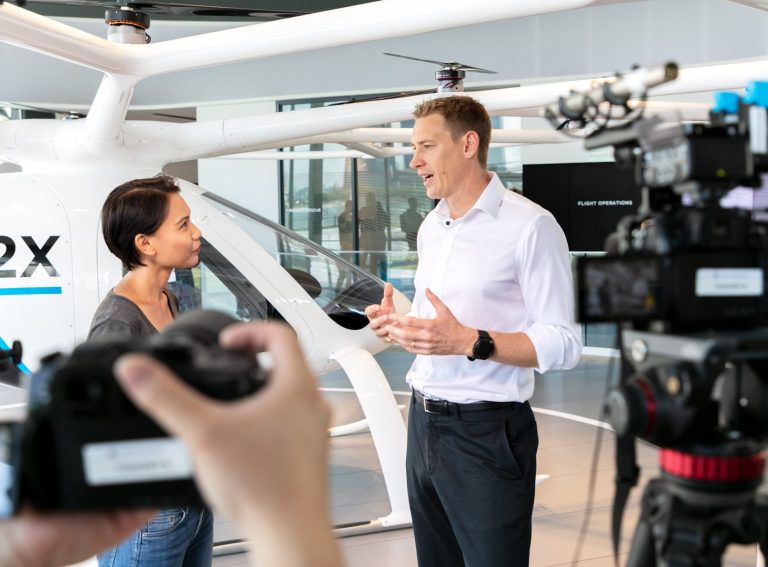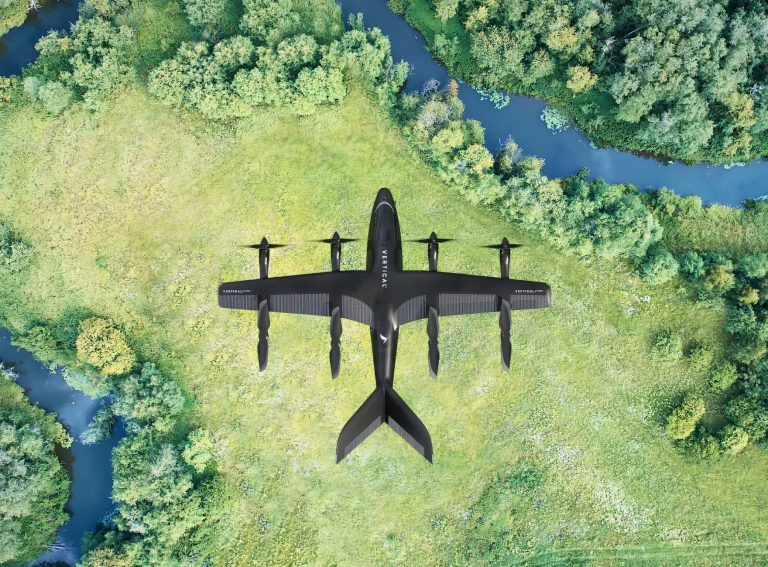Three years ago using AI-powered computer vision (CV) to manage micromobility fleets would have sounded futuristic. Today, many public tenders are requiring operators to integrate CV into their fleets.
Maria Diviney, Co-Founder and COO of computer vision Irish tech provider Luna, details how the space has changed since Luna started three years ago. “In the beginning, it was quite a novel and new technology. There were a lot of questions on its feasibility.
“At this point the efficacy of CV has been well tested across multiple city pilots. As an industry, we have moved on from the question of whether or not it works. Now we’re asking: how can it now be optimally leveraged to reduce the problem?”
Since its inception, Luna has set out to make a tangible difference in the way micromobility schemes are managed. The focus until now has been on detecting pavement riding and parking management. It has run pilots to demonstrate how CV can curb errant riding in markets across the world, including the UK, Israel, Belgium, France, Japan and Ireland.
“I think right now, many operators and cities are leveraging the crowd-sourced data collection capability of the technology to derive key data insights into the extent and nature of sidewalk riding in cities.”
Data as a bridge between operators and cities
In cities which were largely built for and around cars, Diviney believes that CV data is providing crucial insights into how micromobility users are navigating the space and that this data can help shared operators work with city officials.
“The data provides a bridge between operators and cities. It allows us to better understand things like routing guidance, which regulations are effective, and how to enforce them in a way that accommodates e-scooters and reduces sidewalk riding to provide a safer scheme overall.”
The rates of sidewalk riding vary across cities and not every sidewalk riding event is equal. How long someone rides on a sidewalk, their speed and the amount of pedestrians in their path are all important factors to determine how to approach the errant behaviour.
“We can categorise the risk profile of each and every sidewalk riding event empowering operators to make a call based on this data. It doesn’t need to be a black and white approach. Operators understandably don’t want any ridership friction, and that’s totally understandable given the challenging macroeconomic picture.
“The technology is not going to make an impact on errant riding until such a point as operators leverage this data in a way that changes rider behaviour. Our message to operators is that it is absolutely possible to engage with riders on a case by case basis, resulting in a more responsible ridership and stronger city relationships.”
That communication could be a simple email or in the most extreme cases, where riders are repetitively errant riding, blocking them from the platform. Each operator will have a different approach and views on what mitigation looks like in their specific context and the benefit of CV is that it can support every mitigation approach.
Luna’s role in the carless future
While shared micromobility fleets have been Luna’s primary application until now, the possibilities of CV in mobility go much further.
“The future is bright,” says Diviney. “We’ve had quite a big product expansion recently, moving outside of shared mobility. Above all, our goal is to advance the carless future because we truly believe in it. To get there – whether we’re talking shared or consumer, we need to keep every rider safe and CV has limitless potential to do so.”
Luna recently branched into consumer vehicles in its partnership with Qualcomm. The two will integrate CV into two-wheelers including safety features like Forward Collision Warning and Headway Monitoring to alert riders to potential dangers. The data will also be leveraged to provide rider scores and sophisticated ride safety analysis features which the company hopes will help improve a rider’s safety skills.
In some countries, two-wheeler accidents and fatalities are the leading cause of death – even more than disease. Diviney asserts: “In India, six people die while riding a two-wheeler per hour. CV has a lot to contribute here and it’s something we feel very passionately about and we want to put our full weight behind.”
The company also recently expanded its product offering with e-bike solutions. According to reports, over 50% of cyclists don’t feel safe cycling in their area, a number that Luna would like to change. They are working with several consumer OEM partners to integrate CV for use in rear vehicle detection to increase cyclist safety.
“A unique attribute of our company is our ability to be agile and move very quickly with new trends and with extremely low spec hardware which is scalable. We see huge potential to be able to continue to optimise the safety of shared fleets, but moving into the future, we also want to contribute our knowledge and skills to support the wider e-mobility community.”
Scaling CV has been challenging as cost is commonly cited as a barrier for integrating it into shared fleets and consumer products. Luna signed a partnership with Segway in June to work on scaling its solutions. With Segway’s large volume of production, they are able to aggregate demand for a lower cost.
So while the benefits of CV are yet to be fully reaped in the micromobility industry, there’s still plenty of work for Luna to be getting its teeth into in the meantime.





